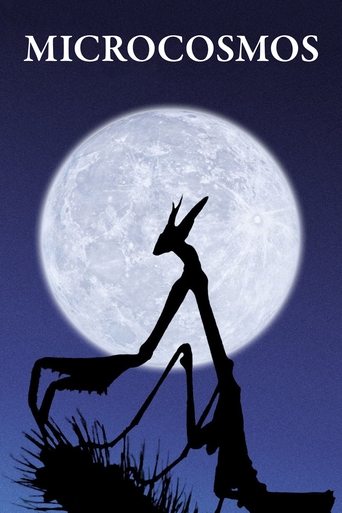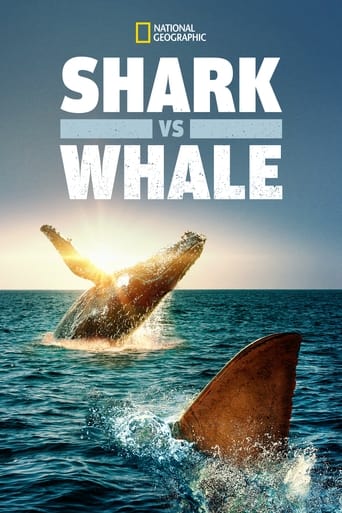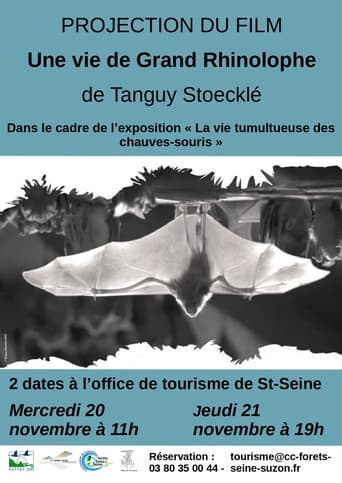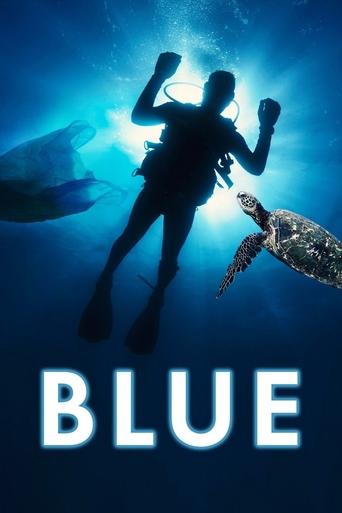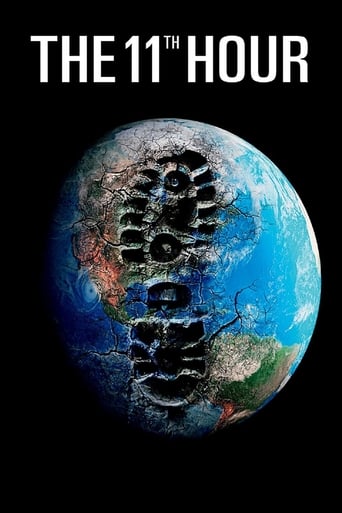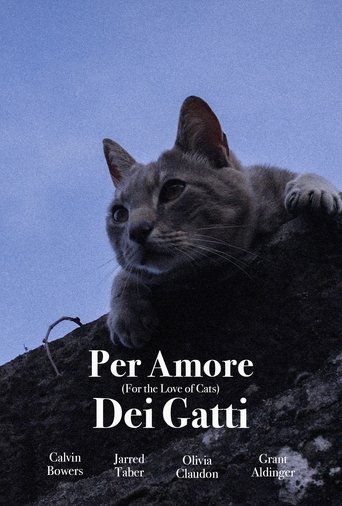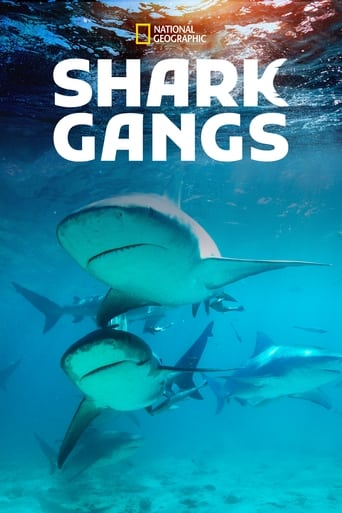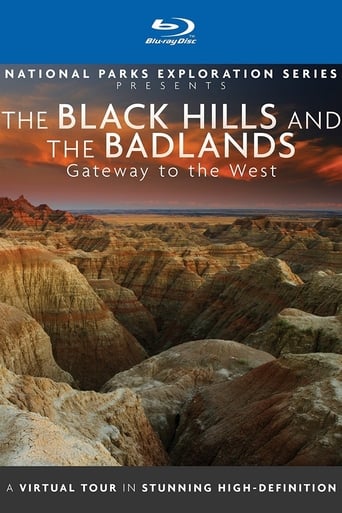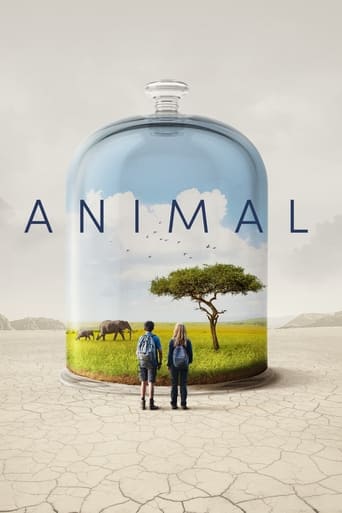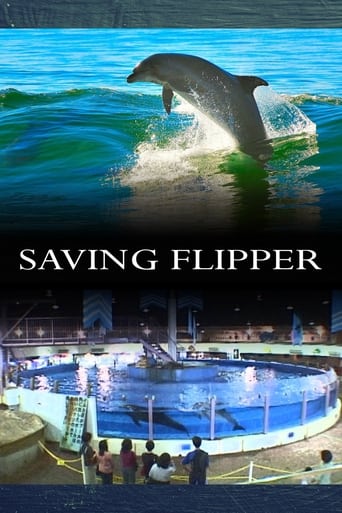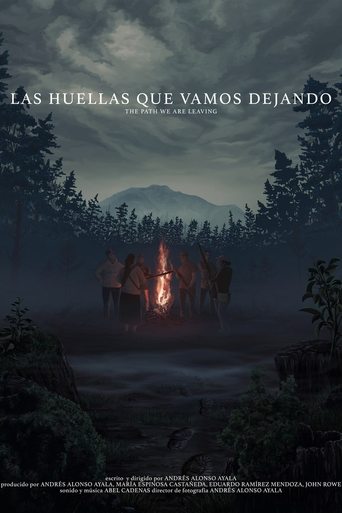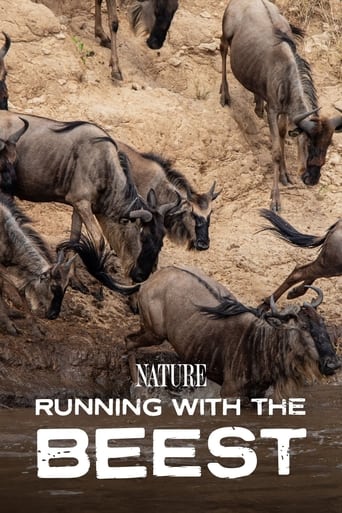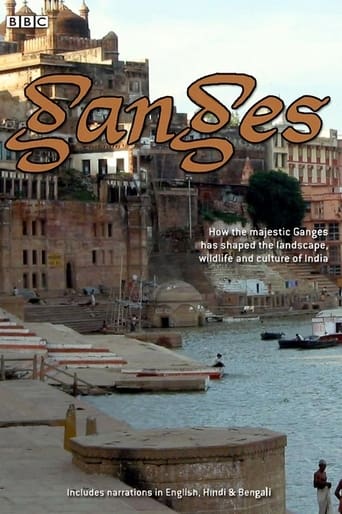Emperors of a Fallen Kingdom: The Eastern Indigo Snake
In the most rural and forgotten stretches of the Southeastern United States lies an ecosystem that once spanned across 90 million acres. The Longleaf Pine Savannah... this ecosystem holds biodiversity that can be found nowhere else in the world. One of the species being the Eastern Indigo Snake (Drymarchon couperi). In this documentary, the Caveman Wildlife Crew will take you into the world of Longleaf Pine Savannas and Eastern Indigo Snakes along with the Orianne Society and the Orianne Center for Indigo Snake Conservation. These two organizations are doing incredible conservation work to save Longleaf Pine Savannah Ecosystems and Eastern Indigo Snakes. You'll get to meet some amazing people working at these organizations and the work they do for conservation.

